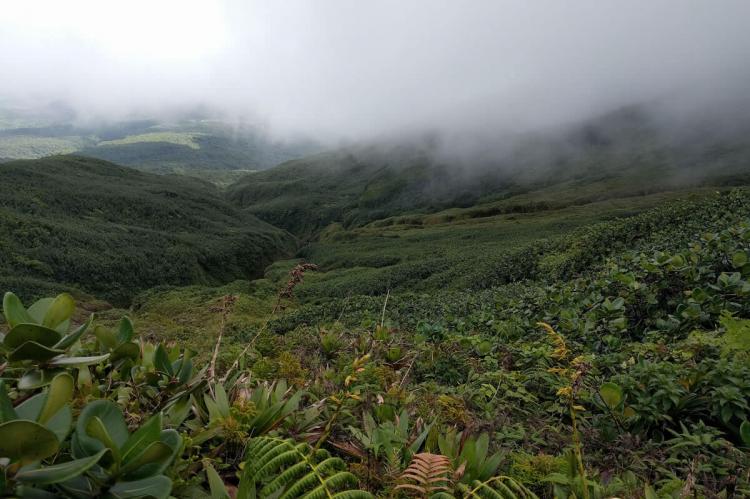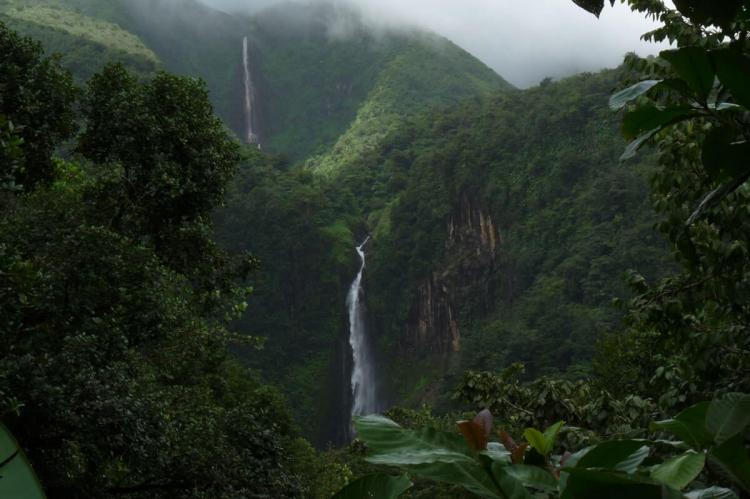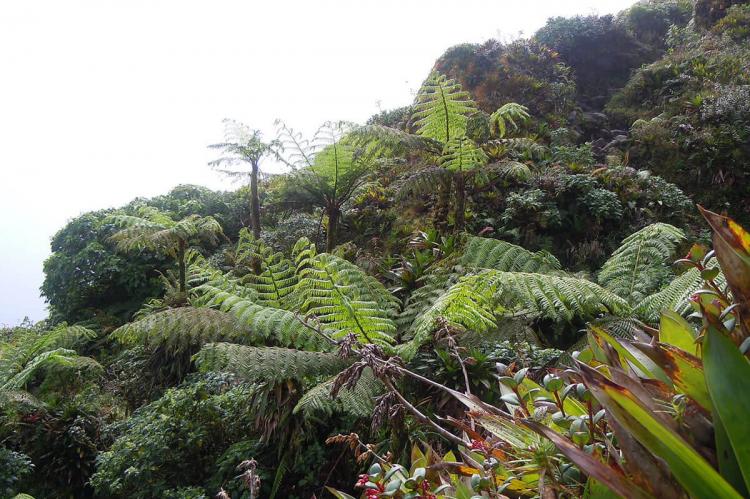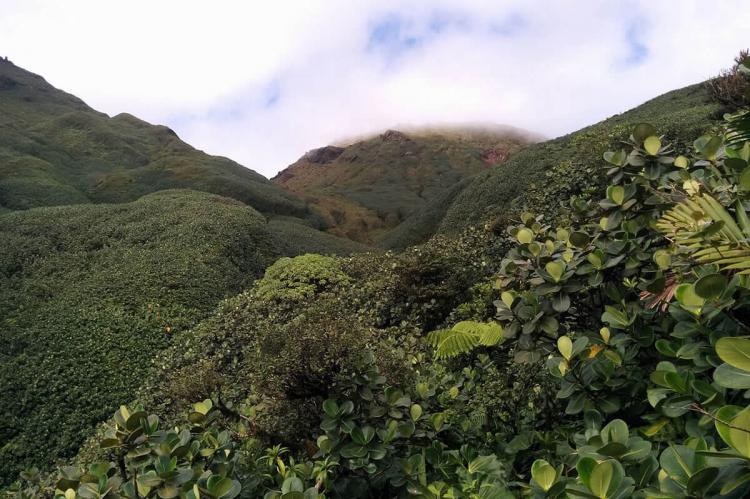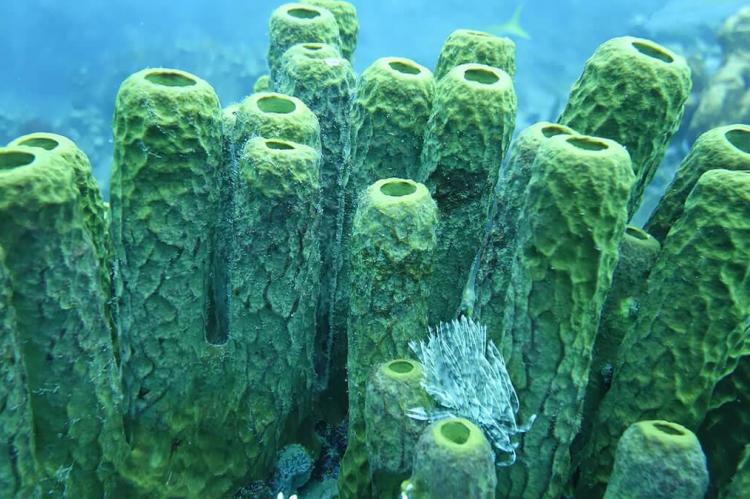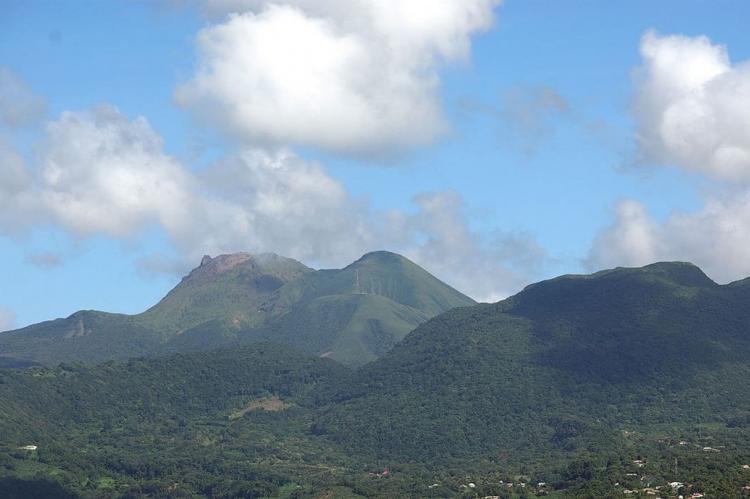Exploring Guadeloupe National Park and the Archipel de la Guadeloupe Biosphere Reserve
Guadeloupe, a gem in the eastern Caribbean, is known for its stunning beaches, vibrant culture, and remarkable natural reserves. Guadeloupe National Park and the Archipel de la Guadeloupe Biosphere Reserve are vital areas that preserve the island's rich biodiversity and unique ecosystems.
Guardians of Guadeloupe: An In-Depth Look at the National Park and Biosphere Reserve
Guadeloupe, a gem in the eastern Caribbean Sea, is not only known for its stunning beaches and vibrant culture but also for its remarkable natural reserves. Guadeloupe National Park and the Archipel de la Guadeloupe Biosphere Reserve are critical areas that preserve the island's rich biodiversity and unique ecosystems. Exploring their significance, history, geographical features, environmental importance, and cultural heritage reveals the depth of Guadeloupe's commitment to environmental conservation.
Guadeloupe National Park
Historical Background
Established in 1989, Guadeloupe National Park protects the natural heritage of Basse-Terre, the western of the two main islands of Guadeloupe. The park, covering approximately 173 square kilometers (67 square miles), represents a significant portion of Basse-Terre's land area and is a testament to the island's commitment to conservation and environmental sustainability.
Geographical Features
Guadeloupe National Park is characterized by its diverse landscapes, ranging from lush rainforests and majestic waterfalls to volcanic peaks and deep river valleys. The park's centerpiece is La Grande Soufrière, an active volcano that stands at 1,467 meters (4,813 feet) above sea level, making it the highest point in the Lesser Antilles. The volcano is a popular hiking destination, offering trails that lead through dense forests, past geothermal features, and up to the summit, where hikers are rewarded with panoramic views of the island and the Caribbean Sea.
Other notable geographical features within the park include the Carbet Falls, a series of three impressive waterfalls cascading down from the volcanic slopes, and the Chutes du Galion, another picturesque waterfall surrounded by tropical vegetation. The park's river systems, such as the Grande Rivière de la Basse-Terre, are vital for maintaining the island's freshwater resources and supporting diverse aquatic life.
Biodiversity
Guadeloupe National Park is home to an astonishing variety of flora and fauna. The park's rainforests are teeming with plant species, many of which are endemic to the island. These include towering mahogany trees, delicate orchids, and vibrant heliconias. The park also provides habitat for numerous animal species, such as the endangered Guadeloupe woodpecker (Melanerpes herminieri), the Lesser Antillean iguana (Iguana delicatissima), and various species of bats, birds, and amphibians.
Environmental Initiatives
Guadeloupe National Park's management focuses on preserving its ecosystems through conservation efforts, scientific research, and environmental education. Park authorities work to monitor and protect endangered species, manage invasive species, and restore degraded habitats. Educational programs and visitor centers aim to raise awareness among locals and tourists about the importance of conservation and sustainable practices.
Archipel de la Guadeloupe Biosphere Reserve
Historical Background
UNESCO designated the Archipel de la Guadeloupe Biosphere Reserve in 1992, recognizing the archipelago's exceptional natural and cultural heritage. The biosphere reserve encompasses Guadeloupe National Park and the surrounding marine areas, coastal zones, and other islands within the archipelago. This designation promotes a balanced relationship between humans and nature, fostering sustainable development while protecting biodiversity.
Geographical Features
The biosphere reserve covers a vast area that includes terrestrial and marine environments. In addition to Basse-Terre's rainforests and volcanic landscapes, the reserve extends to the coral reefs, mangroves, and seagrass beds surrounding the islands. These marine ecosystems are vital for the health of the Caribbean Sea, supporting a diverse array of marine life, including fish, sea turtles, and coral species.
The reserve includes the archipelago's smaller islands, such as Marie-Galante, La Désirade, and the Les Saintes group. Each of these islands has unique ecosystems and cultural heritage, contributing to the overall diversity and richness of the biosphere reserve.
Biodiversity
The Archipel de la Guadeloupe Biosphere Reserve is a biodiversity hotspot, home to numerous species of plants, animals, and marine life. The coral reefs within the reserve are particularly notable, harboring a wide variety of coral species, fish, and other marine organisms. The mangrove forests play a crucial role in coastal protection and serve as nurseries for many fish and invertebrate species.
The reserve's terrestrial areas support a rich diversity of plant and animal life, similar to those found in Guadeloupe National Park. Efforts to protect these ecosystems focus on conserving natural habitats and the traditional practices that have sustained local communities for generations.
Environmental Initiatives
Managing the biosphere reserve involves a collaborative approach, bringing together local communities, government agencies, scientists, and non-governmental organizations. Key initiatives include:
- Conservation and Restoration: The reserve's mission centers on protecting and restoring critical habitats, such as coral reefs and mangrove forests, monitoring ecosystem health, controlling invasive species, and implementing restoration projects.
- Sustainable Development: Promoting sustainable development practices is a core objective of the biosphere reserve. This includes supporting eco-tourism, sustainable fishing practices, and agricultural methods harmonizing with the environment.
- Environmental Education: Raising awareness and educating locals and visitors about the importance of conservation and sustainable living is a priority. The reserve offers educational programs, workshops, and outreach activities to foster a deeper understanding of the natural world and the need to protect it.
- Scientific Research: Ongoing scientific research is essential for understanding the complex ecosystems within the reserve. Studies on biodiversity, climate change, and ecosystem dynamics provide valuable data for conservation strategies and management plans.
Cultural Heritage
Guadeloupe's cultural heritage is deeply intertwined with its natural environment. Traditional practices, such as fishing, agriculture, and craftsmanship, have shaped the island's way of life for centuries. The biosphere reserve aims to preserve these cultural traditions while promoting sustainable development.
Festivals, music, and cuisine are integral parts of Guadeloupean culture. Events like Carnival celebrate the island's rich cultural heritage with vibrant parades and traditional music. Local dishes, influenced by African, European, and indigenous flavors, showcase the diversity of the island's culinary traditions.
Conclusion
Guadeloupe National Park and the Archipel de la Guadeloupe Biosphere Reserve are testaments to the island's commitment to preserving its natural and cultural heritage. These protected areas play a crucial role in conserving biodiversity, promoting sustainable development, and fostering a deep connection between people and nature. Through ongoing conservation efforts, environmental education, and sustainable practices, Guadeloupe continues to be a shining example of how to balance the needs of humans and the natural world harmoniously and sustainably. Exploring these remarkable areas offers a glimpse into the island's stunning landscapes, rich biodiversity, and vibrant cultural heritage, making Guadeloupe a unique and captivating destination.
